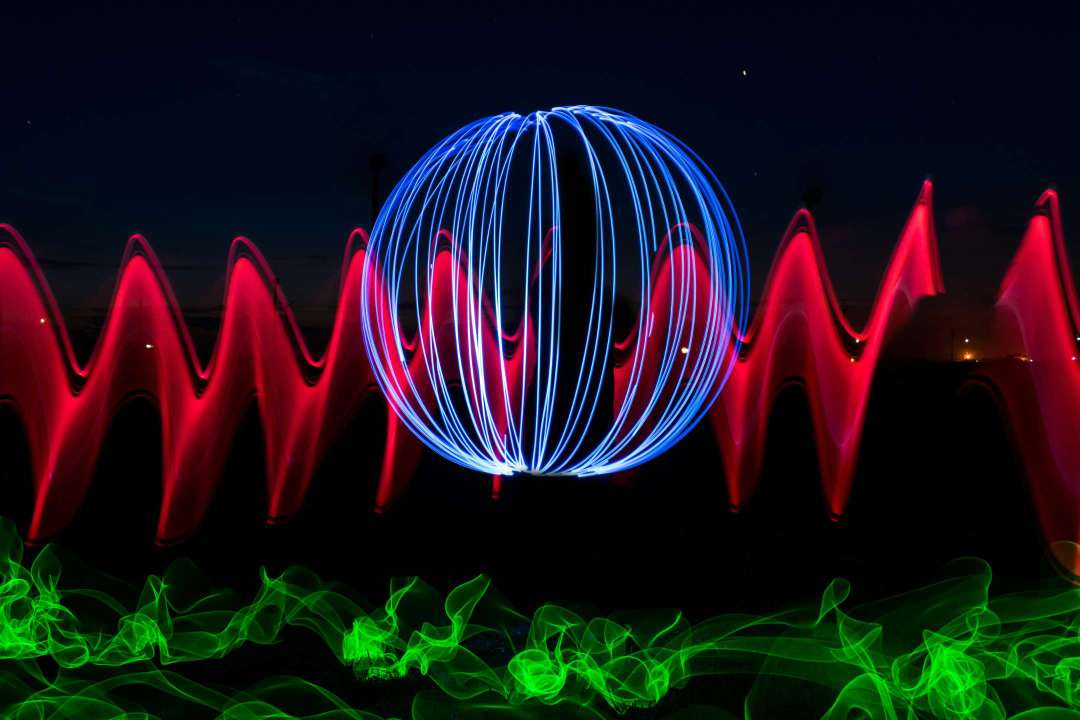LiDAR (Light Detection and Ranging): The Eyes of Autonomous Vehicles
6 min read
21 Aug 2024
LiDAR (Light Detection and Ranging) technology plays a crucial role in enabling autonomous vehicles to perceive and navigate their surroundings. By emitting laser pulses and measuring the time it takes for them to bounce back, LiDAR sensors create detailed 3D maps of the environment. This article explores how LiDAR technology works, its applications in autonomous vehicles, and its significance in shaping the future of transportation.
How LiDAR Works
LiDAR systems emit laser pulses in rapid succession and measure the time it takes for the light to reflect off objects and return to the sensor. By calculating the distance based on the speed of light, LiDAR sensors generate precise depth maps of the surroundings. These maps provide crucial information about the shape, size, and location of objects, enabling autonomous vehicles to detect obstacles, navigate roads, and make informed decisions in real-time.

Applications in Autonomous Vehicles
LiDAR technology is essential for autonomous vehicles for several reasons: Accurate Perception: LiDAR sensors provide detailed 3D maps of the environment, allowing vehicles to detect and classify objects such as pedestrians, vehicles, and obstacles with high accuracy. Enhanced Safety: By continuously scanning the surroundings, LiDAR helps autonomous vehicles anticipate potential hazards and react swiftly to avoid collisions. Autonomous Navigation: LiDAR enables vehicles to navigate complex road scenarios, including urban environments, highways, and adverse weather conditions, by providing precise localization and mapping capabilities. Robust Performance: LiDAR operates effectively in various lighting conditions, including darkness and inclement weather, making it a reliable technology for autonomous driving.
Advantages of LiDAR
LiDAR offers several advantages for autonomous vehicles: High Precision: LiDAR sensors provide accurate distance measurements and detailed 3D maps, ensuring reliable object detection and navigation. Long Range: LiDAR systems can detect objects at longer distances compared to other sensor technologies, enhancing the vehicle's perception range and reaction time. Versatility: LiDAR sensors can capture detailed information about the surroundings, including object shape, size, and texture, making them suitable for a wide range of autonomous driving applications. Reliability: LiDAR operates independently of ambient light conditions, such as daylight, darkness, or adverse weather, ensuring consistent performance in various environments.
Challenges and Future Developments
Despite its advantages, LiDAR technology faces challenges such as cost, size, and the need for improved reliability in adverse weather conditions. However, ongoing research and development aim to address these challenges and enhance LiDAR's capabilities for autonomous vehicles. Future advancements may include smaller, more affordable sensors, increased range and resolution, and integration with other sensor technologies for comprehensive perception.
Conclusion
LiDAR technology serves as the "eyes" of autonomous vehicles, enabling them to perceive and navigate the world around them with precision and reliability. By providing detailed 3D maps of the environment, LiDAR enhances safety, enables autonomous navigation, and supports the development of intelligent transportation systems. As autonomous vehicle technology continues to evolve, LiDAR remains a critical component in shaping the future of transportation, paving the way for safer, more efficient, and autonomous mobility solutions.
More Articles

The Rise of Foldable Smartphones: Cutting-Edge Gadgets in Your Pocket
4 min read | 05 Apr 2024

2023's Must-Have Gadgets: A Comprehensive Guide
4 min read | 04 Apr 2024

The Era of Drone Delivery: From Packages to Pizza
3 min read | 03 Apr 2024

Superfast Charging: The Future of Electric Vehicle Infrastructure
5 min read | 02 Apr 2024
More Articles

Next-Gen Cyber Attacks: AI-Powered Threats and Defenses
6 min read | 20 Jun 2024

Sustainable Tech Innovations: From Energy Harvesting to Recycling
6 min read | 19 Jun 2024

Augmented Reality for Military Training and Simulation
7 min read | 18 Jun 2024

Cybersecurity Challenges in the Internet of Medical Things (IoMT)
4 min read | 17 Jun 2024
